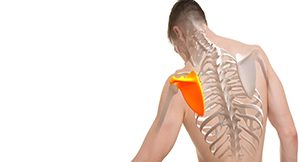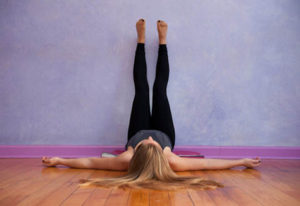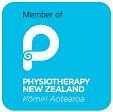Bio:
Faye is an experienced musculoskeletal physiotherapist with a First-Class Honours Bachelor of Physiotherapy from Cardiff University. Since graduating, she has gained extensive experience working across a wide range of clinical areas, including musculoskeletal rehabilitation, acute care, neurological recovery, paediatrics, and community health. Her diverse background has provided her with the skills to assess, diagnose, and manage a variety of injuries and conditions, tailoring treatment to suit each individual’s needs and goals.
Faye is passionate about helping people regain movement, strength, and confidence following injury or pain. She takes a patient-centred approach, focusing on treating the individual rather than just the condition. Through collaborative goal-setting, evidence-based practice, and effective communication, she empowers patients to take an active role in their recovery. Her experience in developing rehab classes, delivering in-service training, and leading educational sessions reflects her commitment to continual growth — both for herself, her colleagues, and her patients.
Faye has extensive experience working with the ageing population, helping older adults improve their independence and quality of life. She also provides comprehensive rehabilitation for athletes — whether returning to sport after an injury or striving to reach peak performance. Whether you’re recovering from surgery, managing a long-term condition, bouncing back from an injury, or aiming to take your health to the next level, Faye is here to guide your rehab journey with expertise, energy, and genuine care. Her sessions are not only focused on results but are also engaging, motivating, and tailored to make rehab a positive and enjoyable experience every step of the way.
Outside the clinic, you’ll likely see Faye trail running, climbing, cycling or playing squash with friends. She believes in leading by example and understands the importance of staying active for both physical and mental wellbeing.
BOOK AN APPOINTMENT WITH FAYE

















